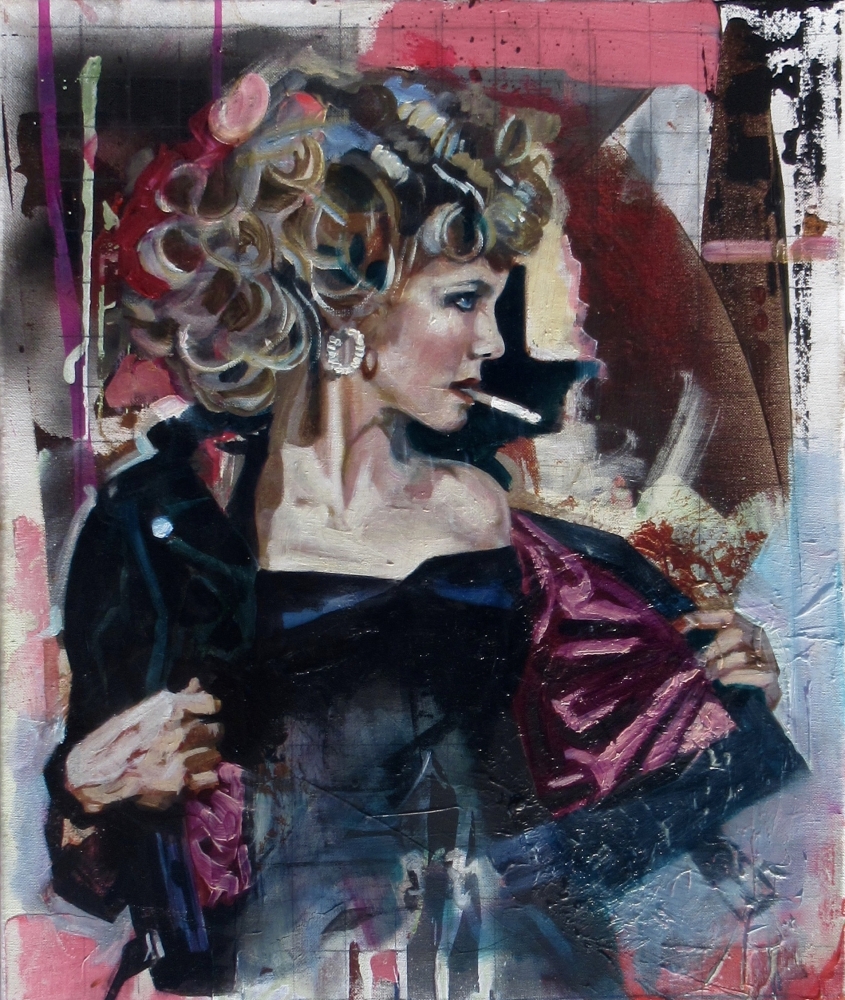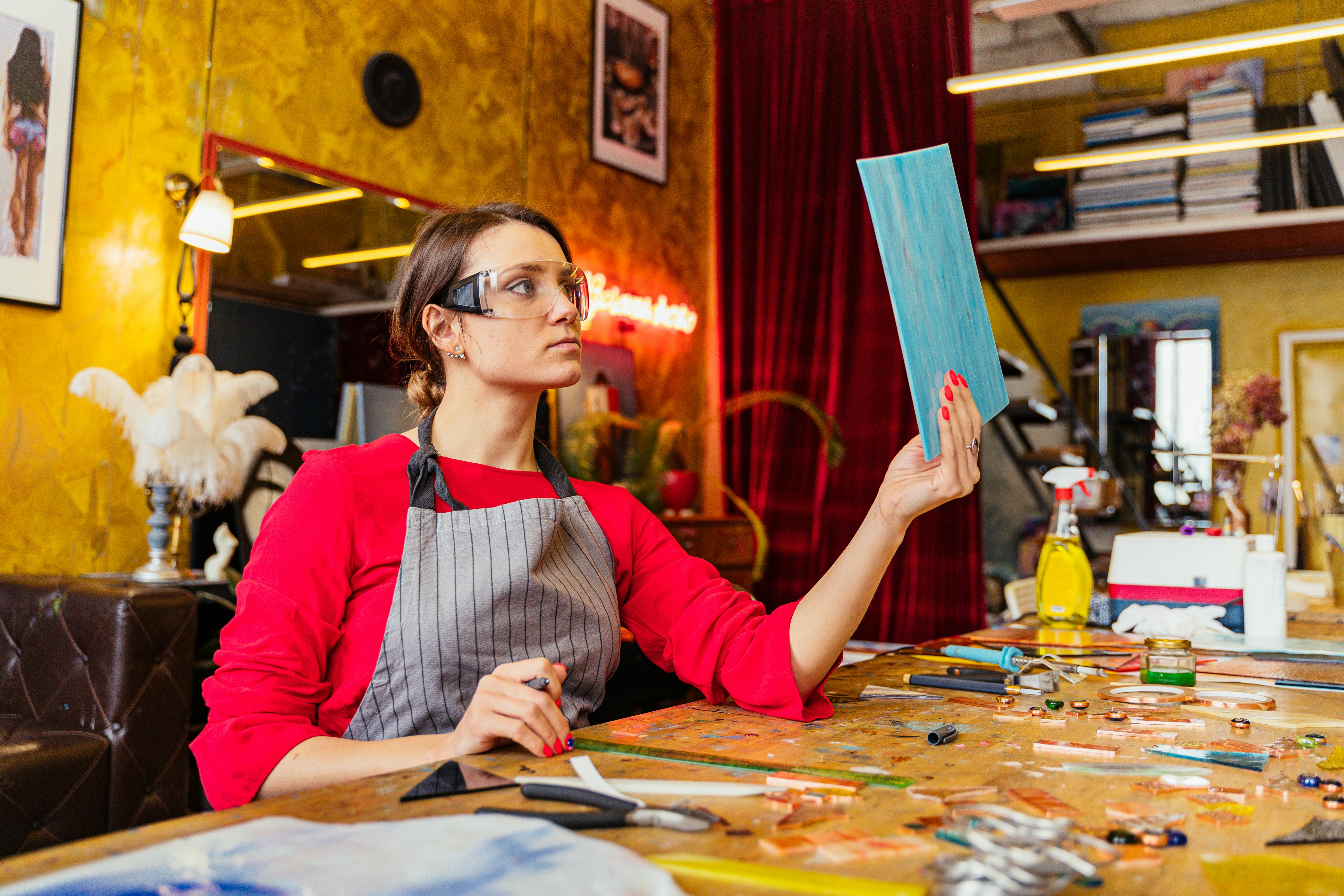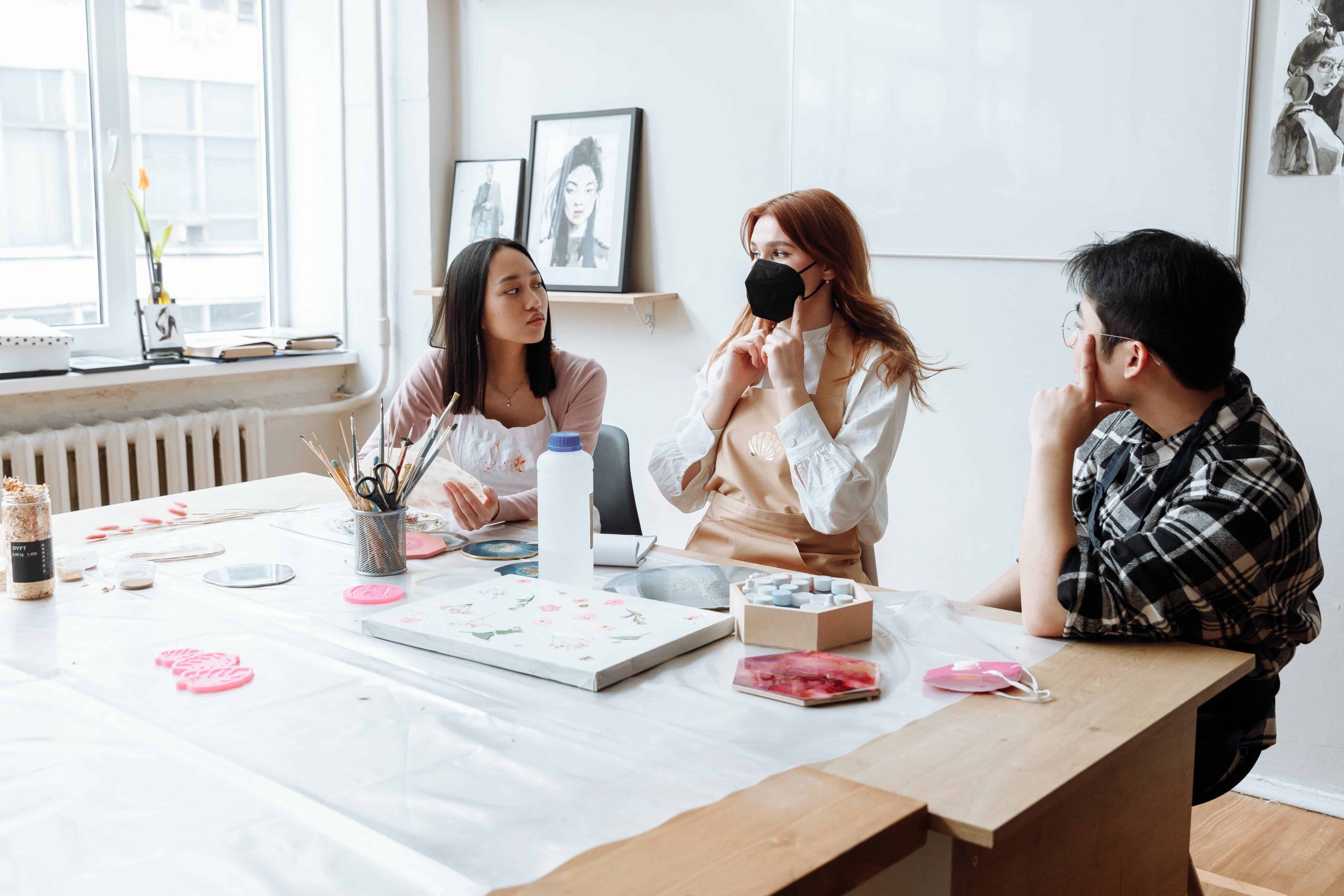
Addressing Social Justice and Inequality
Contemporary art serves as a powerful vehicle for spotlighting issues of social justice and inequality. Artists such as Ai Weiwei and Kara Walker use their works to critique and highlight human rights abuses and systemic racism. Ai Weiwei's installations frequently critique the Chinese government's human rights policies, while Kara Walker’s silhouettes and sculptures examine the enduring impacts of slavery and racial discrimination in America[1].
Furthermore, art plays a crucial role in social activism by leveraging its visual, emotional, and narrative capacities to provoke critical thought and inspire change. Socially engaged art involves direct collaboration with communities and often addresses significant social issues, fostering a sense of unity and collective purpose[4]. This form of art can stimulate dialogue and promote healing, effectively making art a catalyst for societal transformation[8].
Exploring Identity and Gender

The exploration of identity—encompassing race, gender, and sexuality—is a pivotal aspect of contemporary art. Artists like Cindy Sherman and Shirin Neshat use their photography and film work to critique and redefine gender roles and societal norms. Sherman’s series of self-portraits challenge stereotypical portrayals of women, while Neshat’s works delve into the complexities of gender in Islamic cultures[1].
The art world's increasing focus on intersectionality reflects broader societal debates around identity, aiming to foster inclusivity and promote diverse perspectives[4]. Gender parity and the recognition of female artists have also gained momentum, contributing to a more equitable art scene where creativity transcends gender boundaries[3].
Environmental Concerns and Ecological Art

Environmental sustainability is a prominent theme in contemporary art, reflecting global concerns about climate change and ecological degradation. Artists like Olafur Eliasson and Agnes Denes use their works to raise awareness about environmental issues. Eliasson incorporates natural elements such as ice and water in his installations to confront viewers with the realities of global warming, while Denes juxtaposes natural and urban settings to comment on societal priorities[1].
In 2024, many contemporary artists are introspectively re-evaluating the cultural and environmental impacts of their practices, placing future generations at the core of their considerations. There is an increasing emphasis on sustainable practices, with artists using recycled materials and addressing ecological themes through their works[3][6].
Intersection of Art and Technology

Advancements in technology are reshaping the contemporary art landscape. Digital art and the rise of Non-Fungible Tokens (NFTs) have revolutionized the art market, providing new mediums for artists and redefining how art is created, sold, and experienced. Artists are utilizing immersive experiences, augmented reality, and virtual installations to push creative boundaries[3][4].
The integration of technology not only enhances viewer engagement but also raises important questions about artistic creation and valuation. Blockchain technology and AI are influencing how artworks are authenticated and valued, often prioritizing social factors such as the artist's reputation over the visual qualities of the artwork itself[9].
Migration, Displacement, and Social Struggles
Contemporary art frequently engages with themes of migration and displacement, underscoring the global refugee crisis and national identity issues. Ai Weiwei's 'Good Fences Make Good Neighbors' installation in New York, for instance, used fences and cages to comment on the plight of refugees and sparked public discourse about borders and freedom[1].
This thematic emphasis is part of a broader recognition of art’s role in expressing and addressing the complex experiences of displacement, conflict, and hardship. Artists from various backgrounds utilize their works to highlight the resilience and struggles of displaced communities, fostering empathy and deeper understanding[8].
Conceptual and Minimalist Trends

Conceptual art, focusing on ideas over traditional aesthetics, and minimalist art are experiencing a resurgence in 2024. These movements encourage viewers to engage with the underlying ideas behind the art rather than the visual aspects alone. This approach reflects a growing preference for simplicity and subtlety in conveying complex messages[4].
Influence on Cultural and Global Awareness
Art education plays a significant role in promoting cultural and global awareness, exposing learners to diverse artistic traditions and prompting them to reflect on societal issues. By analyzing works that address inequality, discrimination, and environmental crises, students develop critical thinking skills and empathy, enhancing their understanding of different cultural contexts[2].
Artists, as cultural architects, continue to challenge established norms and foster inclusive narratives that reflect the diversity of human experience. This drive towards inclusivity enhances the richness of artistic expression and strengthens community engagement[7].
Economic and Community Impact

Art significantly contributes to both cultural enrichment and economic development. Through exhibitions, performances, and the creation of intellectual properties, artists drive economic growth and foster vibrant, innovative communities[2][7].
Strengthening community engagement through art education and public art initiatives also promotes social cohesion and cultural understanding, encouraging active participation and civic responsibility[2].
Conclusion
Contemporary art today serves as a mirror to society, reflecting and addressing pressing social, political, and environmental issues. It is a dynamic field that not only critiques and challenges societal norms but also fosters inclusivity, promotes dialogue, and inspires change. From addressing social justice and identity to engaging with environmental concerns and integrating technological advancements, contemporary art continues to shape and be shaped by the evolving cultural landscape.
Get more accurate answers with Super Pandi, upload files, personalized discovery feed, save searches and contribute to the PandiPedia.
Let's look at alternatives:
- Modify the query.
- Start a new thread.
- Remove sources (if manually added).